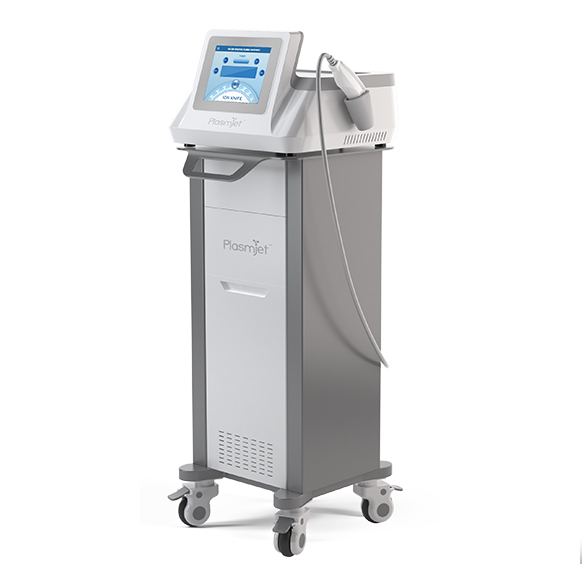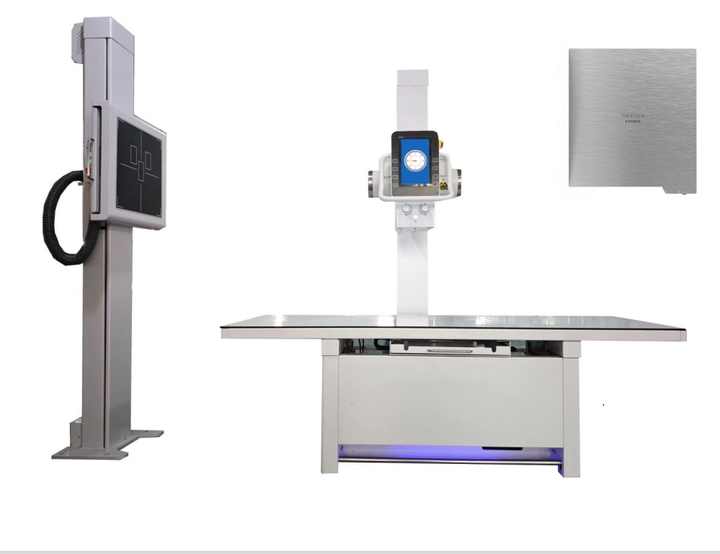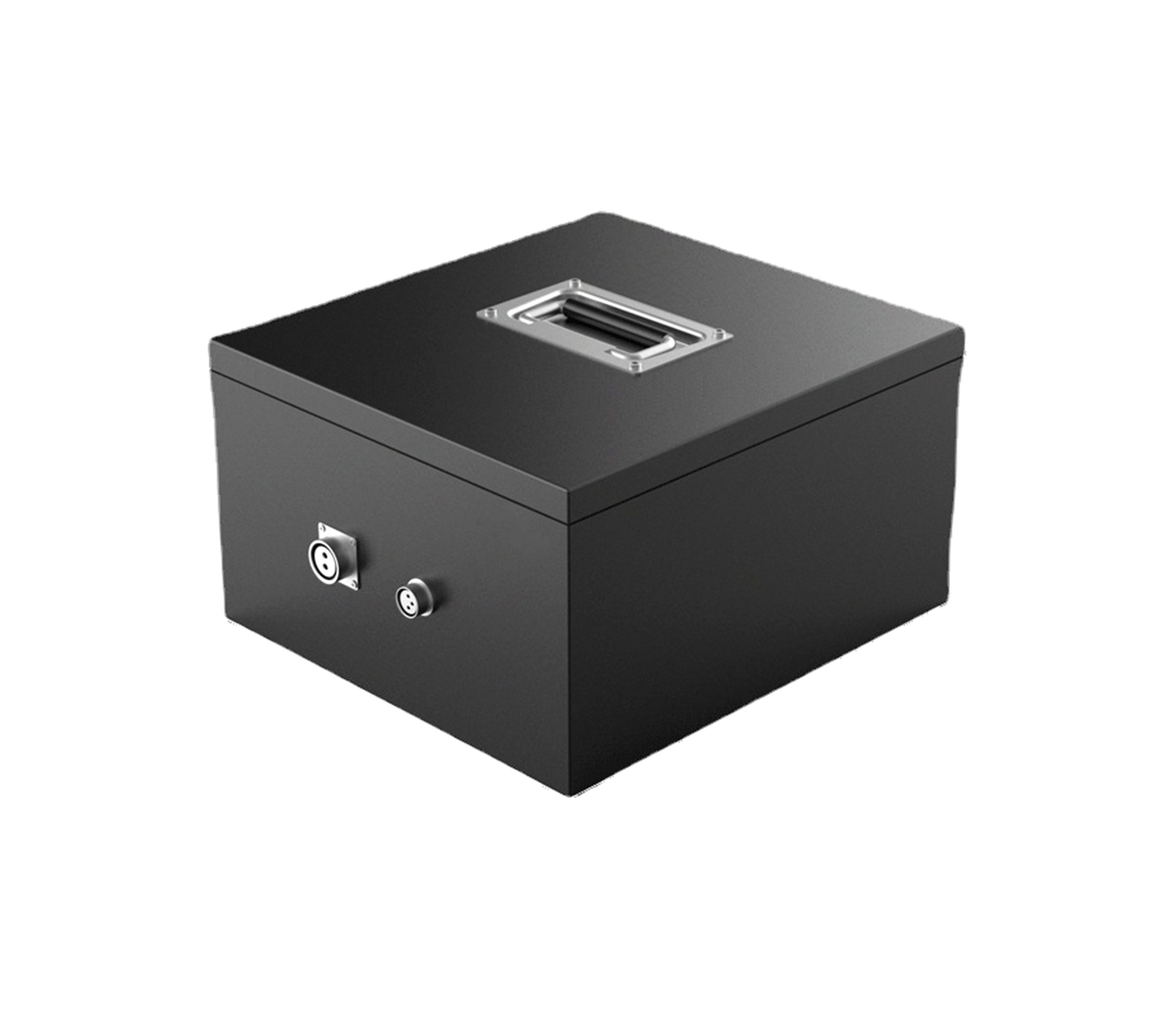
Soft-pack batteries are actually batteries that use aluminum-plastic
packaging film as the packaging material. Relatively speaking, the packaging of
lithium-ion batteries is divided into two categories, one is soft-packed
batteries, and the other is metal shell batteries. Metal shell batteries also
include steel shells and aluminum shells, etc. In recent years, some batteries
that use plastic shells due to special needs can also be classified as this
type.
Soft-pack batteries are actually batteries that use aluminum-plastic
packaging film as the packaging material. Relatively speaking, the packaging of
lithium-ion batteries is divided into two categories, one is soft-packed
batteries, and the other is metal shell batteries. Metal shell batteries also
include steel shells and aluminum shells, etc. In recent years, some batteries
that use plastic shells due to special needs can also be classified as this
type.
The difference between the two is not only the case material, which
determines the packaging method is also different. The soft-packed cells are
thermally packaged, while the metal shell cells are generally welded (laser
welding). The reason why soft-pack batteries can be thermally packaged is that
they use aluminum-plastic packaging film.
aluminum plastic packaging film
The composition of aluminum-plastic packaging film (abbreviated as
aluminum-plastic film) is shown in the figure, and its cross-section has three
layers: nylon layer, Al layer and PP layer.
Each of the three layers has its own function. First of all, the nylon
layer ensures the shape of the aluminum-plastic film and ensures that the film
will not be deformed before being manufactured into a lithium ion battery.
The Al layer is composed of a layer of metallic Al, and its function is to
prevent the penetration of water. Lithium-ion batteries are very afraid of
water. Generally, the water content of the pole pieces is required to be at the
PPM level, so the packaging film must be able to block the infiltration of
moisture. Nylon is not waterproof and cannot provide protection. The metal Al
will react with oxygen in the air to form a dense oxide film at room
temperature, which prevents water vapor from penetrating and protects the inside
of the cell. The Al layer also provides the plasticity of punching pits when
forming the aluminum plastic film. See point 3 for details.
PP is the abbreviation of polypropylene. The characteristic of this
material is that it will melt at a temperature of more than one hundred degrees
Celsius, and it is viscous. Therefore, the thermal packaging of the battery
mainly relies on the PP layer being melted and bonded together under the action
of the heating of the head, and then the head is removed, and the temperature is
cooled to solidify and bond.
Aluminum plastic film looks very simple. In practice, how to evenly and
firmly combine the three layers of materials is not so easy. It is a pity that
the good quality aluminum-plastic film is basically imported from Japan, and the
domestic ones are not available, but the quality needs to be improved.
Aluminum plastic film forming process
The soft-packed batteries can be designed into different sizes according to
the needs of customers. After the external dimensions are designed, the
corresponding molds need to be opened to form the aluminum-plastic film. The
forming process is also called a punching hole (in fact, I think it should be a
"punch hole", but everyone writes it like that). As the name suggests, it is to
use a forming mold to punch out a mold that can be installed on the aluminum
plastic film under heating. The pit of the core is shown in the figure below for
details.
After aluminum plastic film is punched and cut into shape, it is
generally called Pocket bag, as shown in the figure below. Generally, when the
battery core is thin, choose to punch a single pit (left in the figure below),
and when the battery core is thick, choose to punch a double pit (right in the
figure below), because too much deformation on one side will break the
deformation limit of the aluminum-plastic film. Cause rupture.
top side sealing process
has finally come to the topic (how good are you digressing!), the top-side
sealing process is the first packaging process of the soft-packed lithium-ion
battery. The top side seal actually includes two processes, the top seal and the
side seal. First put the wound core into the punched pit, and then fold the
packaging film in half along the dotted line.
There is not much to say about the side seal (the side voltage is too far
to talk about it), mainly talk about the top seal, the schematic diagram of the
top seal area is shown in the figure below. The top seal is to seal the tabs.
The tabs are made of metal (aluminum anode and nickel cathode). How can they be
packaged with PP? This is done by relying on a small part on the lug-lug glue. I
am not very clear about the specific structure of the tabular gel. I hope
someone who knows how to do it will add it. I only know that it also has the
cost of PP, which means it can melt and bond when heated. The package at the tab
position is shown in the circled part in the figure below. During packaging, the
PP in the tab glue and the PP layer of the aluminum-plastic film are melted and
bonded to form an effective packaging structure.
is actually a charging and discharging device. I haven't found a picture of
a charged core after searching for a long time. Think about the picture of the
battery sandwiched on it. The chemical achievement is the first charging of the
battery, but it will not be charged to the highest voltage used, and the
charging current is also very small.
The purpose of chemical conversion is to form a stable SEI film on the
surface of the electrode, which is equivalent to a process of "activating" the
cell. In this process, a certain amount of gas will be generated, which is why
the aluminum plastic film needs to reserve an air bag. In some factories, the
process will use fixture formation, that is, the cell is clamped in the fixture
(sometimes the picture is simple and the glass plate is used, and then the steel
clamp is installed) and then the cabinet is formed, so that the gas generated
will be fully squeezed to the side of the gas. The electrode interface after
chemical formation is also better.
Some cells, especially thick cells, may undergo certain deformation due to
large internal stress after formation. Therefore, some factories will set up a
fixture shaping process after the formation, which is also called fixture baking
(baking).
Second Sealing Process
I just said that gas is generated during the formation process, so we have
to extract the gas and then perform the second encapsulation. Some companies
here have two processes: Degassing (exhaust) and second seal, and the latter
process of cutting the air bag. Here I call them the second seal in general.
After cutting the air bag with the second seal, it is necessary to trim and
fold the edges, that is, cut the one edge and the second seal to the appropriate
width, and then fold it to ensure that the width of the battery does not exceed
the standard. After folding, the battery cell can be installed in the
capacity-dividing cabinet for capacity distribution. In fact, it is a capacity
test to see if the capacity of the battery core has reached the specified
minimum value. In principle, all batteries need to be tested before leaving the
factory to ensure that batteries with unqualified capacity will not be delivered
to customers. However, when the production volume of battery cells is large,
some companies will make partial capacity, and use statistical probability to
judge the qualified rate of the batch of battery cells.
After the capacity is divided, the cells with qualified capacity will enter
the subsequent processes, including appearance inspection, yellow glue, edge
voltage detection, tab transfer welding, etc. Several processes can be added or
subtracted according to customer needs. The last is OQC inspection, and then
packaged and shipped.
Attention, here are only batteries. The cells will be sent to the Pack
factory for further processing, including welding circuit boards, packaging, and
so on. Downstream of the Pack factory are various manufacturers, such as Apple,
Lenovo, and Huawei. They will take the battery pack and install it in the
terminal before it comes to our consumers.



































